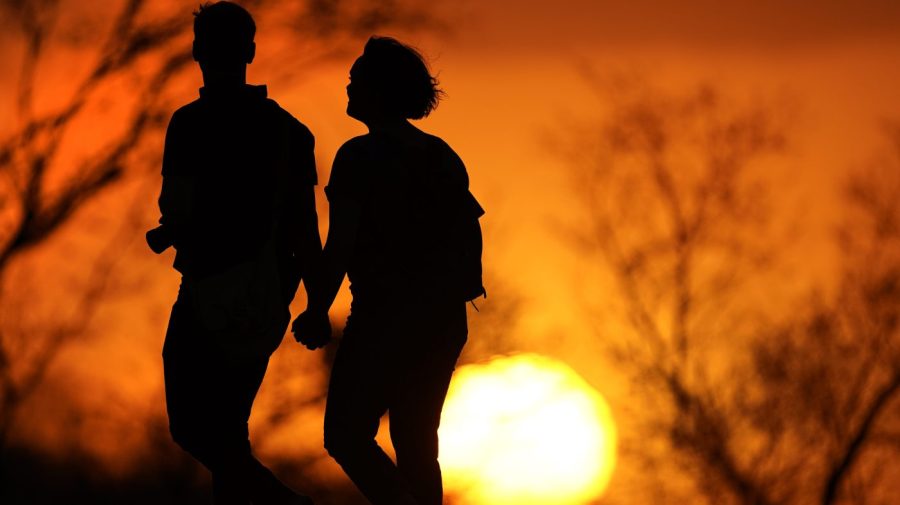Women in the U.S. can expect to live shorter lives than women in similarly wealthy nations, according to a new brief from The Commonwealth Fund, a nonprofit research group focused on health care.
In the brief, The Commonwealth Fund used provisional data from the Centers for Disease Control and Prevention (CDC) to calculate the life expectancy for U.S. women in 2022 at birth which, at 80, is the lowest female life expectancy among similarly high-income countries in areas like Europe, Asia and Oceania.
The life expectancy for American women is two years shorter than that of the country with next lowest female life expectancy — the United Kingdom — and seven years shorter than that in Korea and Japan, which have the highest life-expectancy for women.
Life expectancy for Black, American Indian and Alaska Native women in the U.S. is lower compared to that of white, Asian and Hispanic women, according to the provisional CDC data.
Asian women in the U.S. have the highest life expectancy at about 86, while Hispanic women can expect to live until about age 83 and White women until age 80, according to the data.
Black women have a notably shorter life expectancy at about 76 and half years, while Alaska Native and American Indian women have a life expectancy of about 71.
“High life expectancy can be attributed to a number of factors, including high living standards, a healthy lifestyle, quality education, access to comprehensive health services, and superior health outcomes,” the brief explains.
Women in the U.S. also have one of the lowest rates of regular access to doctors or other health care providers as well as one of the highest rates of emergency room visits and of skipping needed medical care due to cost — all of which contributed to low life expectancy, according to the brief.
“The healthcare system is failing women in so many ways,” said Munira Gunja, a senior researcher at The Commonwealth Fund and one of the lead authors of the brief. “We know that healthcare systems in other countries are really able to protect women and the U.S. could do the same.

